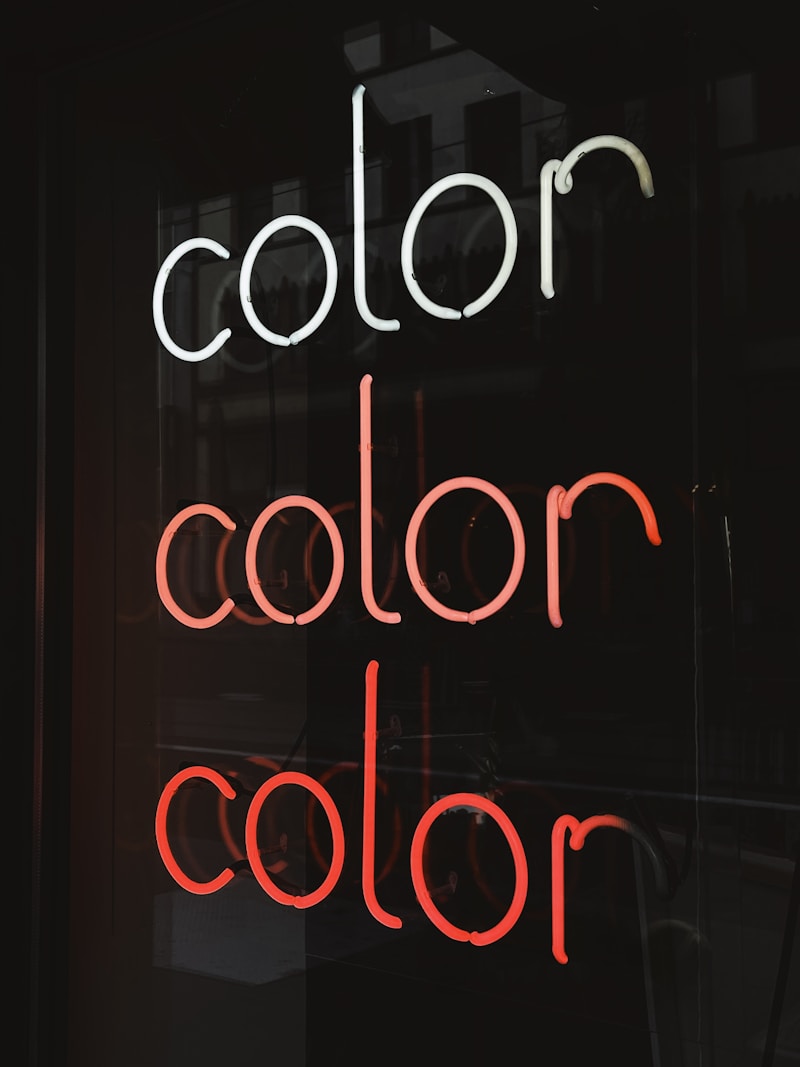Classic Elegance Meets Modern Color Trends: Redefining Timeless Style
Classic Elegance Meets Modern Color Trends: Redefining Timeless Style
Introduction to Classic Elegance and Modern Color Trends
In the ever-evolving world of design, the intersection of classic elegance and modern color trends has become a focal point for architects, interior designers, and fashion enthusiasts alike. This harmonious blend not only pays tribute to the past but also embraces the vivid palette of contemporary hues, creating a breathtaking aesthetic that captivates audiences. In this comprehensive guide, we will explore how these two genres intertwine, analyze how they influence various design niches, and discuss practical tips for incorporating them into your projects.
Understanding Classic Elegance
Classic elegance is characterized by timeless design, refined materials, and a sense of sophistication that transcends fleeting trends. This style often draws from historical influences, featuring ornate details, rich textures, and a balanced color scheme that highlights understated luxury. From the classic French chateau to Victorian architecture, this aesthetic has stood the test of time, continually inspiring contemporary designers.
Key Elements of Classic Elegance
- Timeless Color Palette: Rich tones such as deep blues, emerald greens, and warm neutrals.
- Luxurious Materials: Velvet, silk, and natural woods showcase quality and craftsmanship.
- Ornate Details: Intricate moldings, chandeliers, and elegant furnishings that evoke a sense of history.
Exploring Modern Color Trends
In stark contrast, modern color trends focus on the bold and the unexpected, introducing an array of bright hues, pastels, and dynamic combinations that challenge traditional notions of elegance. The rise of minimalism and maximalism in contemporary design has encouraged the use of vibrant colors, creating spaces that are not only eye-catching but also reflective of personal style.
Popular Modern Color Trends
| Color | Description |
| Pantone's Color of the Year | A trend-setting hue that influences styles across various industries. |
| Pastel Shades | Soft, muted colors like blush pink and mint green, perfect for creating tranquil spaces. |
| Bold Jewel Tones | Rich colors such as sapphire, ruby, and emerald add drama and depth. |
| Monochromatic Palettes | Using various shades of a single color for a sleek, cohesive look. |

The Fusion of Classic Elegance and Modern Color Trends
The blending of classic elegance with modern color trends creates a visually stunning design language that captures the best of both worlds. By intertwining the sophistication of classic aesthetics with the boldness of contemporary colors, designers can create spaces that feel both timeless and cutting-edge. Here are some ways to achieve this balance:
Color Pairing Techniques
- Accent Colors: Utilize bright, modern hues as accents in classic spaces. For example, a deep navy sofa complemented by vibrant orange pillows can create a refreshing contrast.
- Artwork Selection: Incorporate contemporary artwork featuring modern colors into traditionally styled rooms, bridging the gap between periods.
- Layering Textures: Balance rich, traditional textures with smoother, modern materials to create dynamic contrast.
Case Studies: Successful Integrations
Numerous renowned designers have successfully merged classic elegance with contemporary color trends in their projects. For instance, famous interior designer Kelly Wearstler is known for her ability to pair vintage pieces with modern artwork and striking colors, creating memorable and unique spaces. Similarly, fashion icon Giorgio Armani blends classic silhouettes with modern color palettes in his collections, exemplifying this aesthetic in high fashion.
Practical Tips for Implementation
If you are looking to integrate classic elegance with modern color trends into your own designs or wardrobe, here are some vital steps to consider:
- Research and Inspiration: Spend time researching various styles that embody both elements. Visit design galleries, read design magazines, and explore online platforms like Pinterest for inspiration.
- Start Small: If you are unsure about bold color choices, gradually introduce them into your space or outfits through accessories or smaller decor pieces.
- Evolve with Time: As design trends evolve, allow your creations to do so as well. Don't hesitate to refresh your approach or learn new techniques.
Conclusion
The harmony of classic elegance meeting modern color trends creates a captivating design dialect that speaks to the heart of both history and innovation. As you experiment with these dual philosophies, remember to embrace your unique style and preferences. Whether you are designing an interior space, curating a wardrobe, or creating art, incorporating elements from both realms can yield spectacular results. Recognize the beauty in tradition while boldly engaging with contemporary influences, and you'll find endless possibilities for creativity and self-expression.
In conclusion, the marriage of classic elegance and modern color trends isn't just a fleeting trend. It's an enduring legacy that continues to inspire and innovate across various fields, ensuring that our spaces and lives remain vibrant and enriching.
